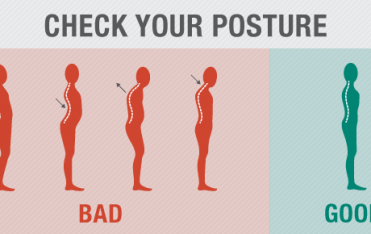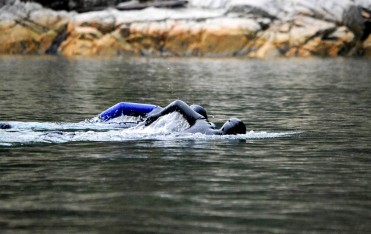Why is a Pull-Up so great?
A Pull-Up is a compound exercise which works a large number of muscles in the back, shoulders, and arms all at once, so it’s a great overall (compound) exercise that delivers a lot in one hit (though they are hard!).
How do I do a good Pull-Up?
With a firm overhand grip, grasp a sturdy overhead bar with your hands roughly shoulder width apart. With straight arms, hang from the bar, legs can be straight or knees bent with feet crossed, this is the start position (as long as feet are not touching the floor). Next, pull yourself up until your chest nearly touches the bar and your chin is over the bar, this is the final position, try to avoid arching or swinging. Once your chin is over the bar, you can lower yourself to the start position.
How can I vary my Pull-Ups?
There are loads of variations to make your Pull-Up routine more interesting and to target slightly different areas of your upper body.
1. Wide-Grip Pull-Ups emphasises latissimus dorsi, separate your hands by roughly twice the width of your shoulders.
2. Close-Grip Pull-Ups emphasises lower lats, separate hands by about 6-8 inches.
3. Angled Pull-Ups – these can be performed on the TRX (blog coming soon) – to alter the angle of the pull up – it changes the movement pattern to focus on different aspects of the muscles in the back and arms to build muscular strength and endurance.
I can’t even lift myself an inch – what can I do…?
Many of us initially don’t have enough strength to lift their own bodyweight to perform a Pull-Up, but there are a number of modifications and developmental stages to get get you there.
1. Pulldowns on a cable machine are a great way to gain strength in the same areas that Pull-Ups benefit, until strong enough to perform the whole bodyweight lifting movement.
2. Eccentric lowering/negatives – this focuses on the lowering phase of the movement i.e. the return to the start positions, as opposed to the lifting/elevating from the start position (concentric phase). This targets and develops muscle fibres differently to develop stamina and endurance.
3. Use assistance, either from a friend supporting your lower half, the machine support plate under your knees or assistance bands, which you wrap around the bar and place under your feet. Training consistently like this, you’ll gradually need less and less support and eventually no assistance and you’re ready to go for your first full Pull-Up.
Surely I can’t do Pull-Ups alone….?
All muscle training is a balancing act – so you work both sides of your limb/body in harmony so that you develop functional fitness and avoid the risk of injuries. Since pull-ups primarily work the muscles of the back, rear shoulders, and arms, you need to complement with pushing exercises that train the opposing muscles of the the pecs, triceps, and front shoulders, such dips, bench press and press ups.
Now go lift and enjoy!!



